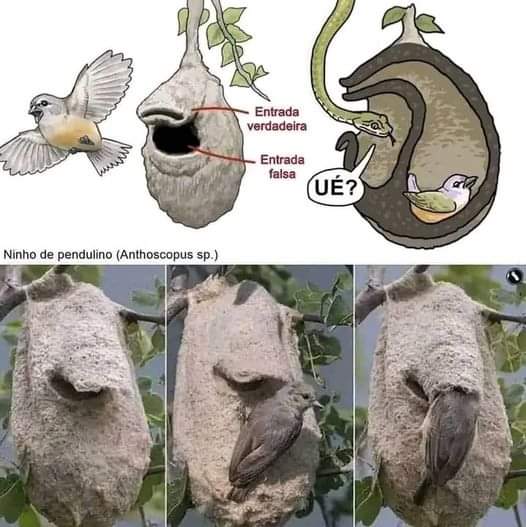Nature is full of fascinating and ingenious designs, and the animal kingdom never ceases to amaze us with its incredible adaptations and survival strategies. One such marvel of natural architecture is the remarkable skill of certain bird species in creating fake entrances to their nests to fool predators. This clever tactic not only highlights the bird’s ingenuity but also provides a unique insight into the intricate relationship between predator and prey.
The Master Architect: The Wren
Among the many birds that employ this strategy, the wren stands out as a true master architect. Wrens are small, perky birds known for their complex songs and active behavior. Despite their diminutive size, they exhibit a remarkable degree of intelligence and creativity in nest building.
The Nesting Strategy
The primary aim of creating a fake entrance is to confuse and deter predators. Here’s how it works:
- Decoy Entrances: The wren builds multiple entrances to its nest. While one of these entrances leads to the actual nesting chamber, the others are merely decoys, leading to dead ends or empty spaces. This multi-entrance design makes it difficult for predators to locate the real nest.
- Camouflage and Concealment: Wrens often place their nests in hidden or hard-to-reach locations, such as dense shrubs, tree cavities, or even human-made structures like eaves and birdhouses. The fake entrances add an extra layer of protection, blending seamlessly with the surrounding environment to further mislead predators.
- Strategic Placement: The fake entrances are strategically placed to maximize confusion. Predators, such as snakes, weasels, or larger birds, may waste valuable time and energy exploring these false leads, ultimately giving up or being driven away before they can harm the wren’s eggs or chicks.
more on page 2




